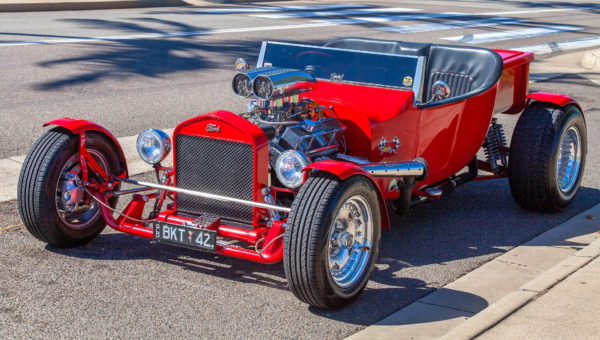Wider tyres can make your car look better, although it’s all subjective, but are wider tyres actually safe for your car, and do they have any disadvantages?
Wider tyres are often used on sports cars. These tyres tend to have better grip or traction on the road’s surface, meaning faster cornering speeds, more effective acceleration (especially out of corners where one wheel is unloaded) and shorter braking distances.
Given that they should improve performance, surely the argument for wider tyres being safe is pretty solid. It isn’t.
What are the disadvantages of wider tyres?
Weight
Wider tyres are heavier because they have more rubber and metal. This has three effects:
- More inertia to get moving – this makes acceleration slower
- More inertia to stop – this means that brakes and brake fluids may need to be uprated otherwise there’s a risk of brake fade
- High unsprung mass can lead to harshness in the ride and worse suspension performance
Cost
As we know, the tyres are both heavier and bigger, so that increases shipping costs as well as the raw material costs. They take up more room in warehouses and storage for the distributor and the tyre installer, which increases costs.
Wider tyres are made in less volume, so economies of scale don’t apply as much.
Extra-wide tyres, such as those used on hypercars, which could be as much as 355mm wide, have prices that reflect what the owners will pay for the tyre, as opposed to a mass-market, commoditised tyre.
Puncture risk
When more rubber touches the road, there’s more chance that a tyre will pick up a nail and get a puncture, although this may be balanced out by less weight per square inch of tyre in contact with the road.
Grip in bad weather
While wide tyres give better traction in dry conditions, when it’s raining very heavily, they are more likely to hydroplane on the surface of the water. In snow and on mud, they don’t bite through like narrower tyres do.
Noise
More tyre in contact with the road can lead to more noise, all other things being equal. Road noise is a contributor to driver fatigue.
Overall performance
Wide tyres can tramline more easily – this is where the tyre follows bumps and undulations in the road rather than tracking straight.
Driver and passenger comfort can be less as a wide tyre means more air in the tyre and therefore a higher tyre pressure is needed to avoid tyre sidewall damage and excessive rolling resistance (the energy required to overcome the tyre’s deformation on the road surface).
Tyres that are too wide for the car can rub on the car’s guards and also prevent the vehicle from turning as tightly (wider tyres will rub the inside of the guards when the steering wheel is turned.

How do you make the decision whether or not to get wider tyres?
It’s very simple: if you like the look of your car on wider tyres, buy wider tyres, but be careful you don’t exceed the maximum allowed on your vehicle or on your existing rims. Don’t fit tyres that don’t have at least the weight rating of the factory tyres. A tyre specialist will be able to help you make that decision.
Just be aware that in heavy rain or on snow or ice, you may find you have less grip than with the factory-specification tyre.
